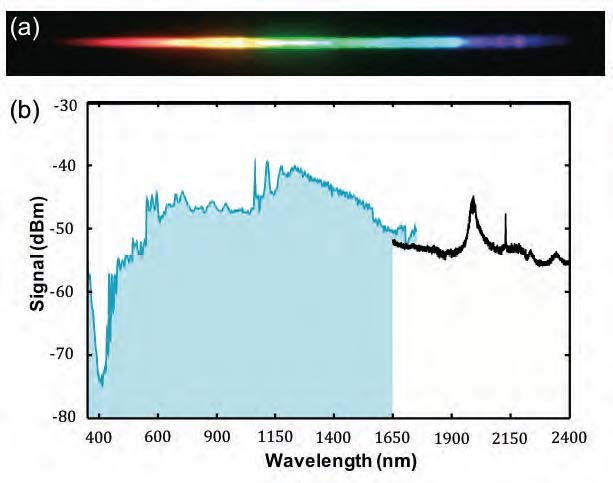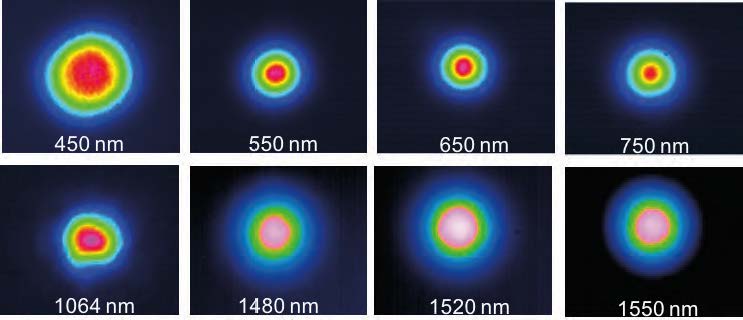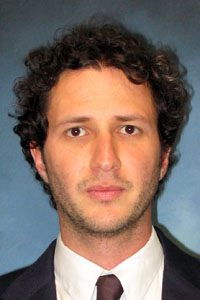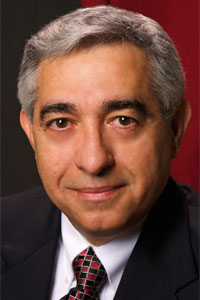Optical supercontinuum (SC) results from the synergy of several nonlinear and linear processes, all acting together. Supercontinuum generation is these days finding applications in biomedical imaging, optical metrology, spectroscopy, and sensing, to mention a few. In this regard, single-mode photonic crystal fibers with pre-engineered dispersion characteristics are currently commercially used in implementing spatially coherent ultrabright SC sources, spanning the wavelength range from ultraviolet to the mid-infrared. Given that most SC sources have so far relied almost exclusively on single mode or few mode fiber technologies, it will not be long before limits are reached in terms of output power capabilities, especially for applications where high spectral power densities are required. A possible avenue to overcome these hurdles could be through the use of large-area multimode fibers (MMFs). Multimode fibers, having been overlooked for decades, are nowadays making a strong comeback because of space-division multiplexing applications. These fibers are by nature complex structures: they can support thousands of modes that can in turn interact among themselves in a variety of ways. Even though over the years, some of their nonlinear properties have been intermitt ently investigated, in general, the manner nonlinear processes unfold in such convoluted multimode environments still remains an issue that is largely unexplored.


Quite recently, the nonlinear properties of nonlinear MMFs have been reconsidered in both the normal and anomalous dispersion regimes. In this respect, the observation of multimode optical solitons in parabolic MMFs has been reported. Supercontinuum generation has also been successfully demonstrated in graded index MMFs by launching ultrashort pulses in the anomalous dispersion region (1550 nm). In these experiments, discrete spectral components were generated in the visible domain – features that were subsequently explained through the interplay between spatiotemporal soliton oscillations and dispersive waves that are only possible in parabolic fibers.
Lately, efficient supercontinuum generation, extending from the visible to mid-infrared (when pumped in the normal dispersion regime, 1064 nm), was demonstrated for the first time by our group in low DGD (differential group delay) parabolic MMFs [1] by making use of a newly observed mechanism – better known as geometric parametric instability. This process can be understood by keeping in mind that light in parabolic graded-index fibers experiences periodic expansions/contractions. This in turn leads to the generation of spectrally symmetric high and lowfrequency sidebands, something that is now possible even in the normal dispersive region. A nonlinearly induced mode cleanup was also found to occur at the pump wavelength. While at low power levels, the output mode profiles were considerably speckled, at higher powers (above 35kW) a beam cleanup was evident. This effect is induced by the Kerr nonlinearity and is unrelated to Raman filtering effects. Remarkably, the M^2 is significantly reduced from 7.5 to 2.1 during this process in this multimode fiber. This represents a significant increase in the beam brightness. Given that Raman cleanup is not a factor at the pump wavelength, we att ribute these eff ects to four-wave-mixing. In addition, the modal cleanup happens to be quite robust to intentional fiber bends and twists.

